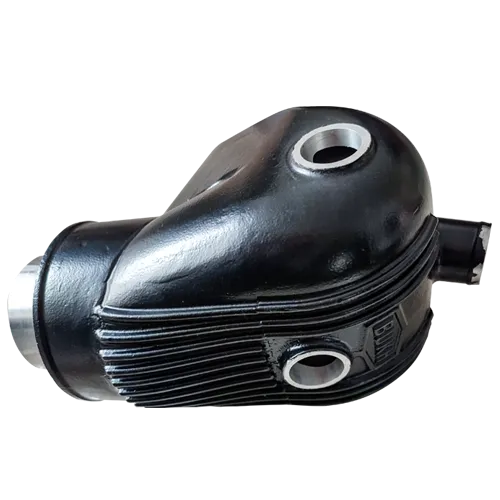Mobile:+86-311-808-126-83
Email:info@ydcastings.com
Italian
Stainless Steel Sand Casting Techniques for High-Quality Foundry Products and Applications
Exploring the World of Stainless Steel Sand Casting Foundries
In the realm of metal fabrication, stainless steel sand casting stands out as a highly effective process for creating intricate and durable components. This method, which combines the malleability of sand molds with the resilience and corrosion resistance of stainless steel, has gained considerable traction across various industries, from aerospace to automotive, and even in the manufacturing of kitchenware. Understanding how stainless steel sand casting foundries operate not only provides insight into a vital manufacturing process but also highlights the advantages it offers over other casting methods.
What is Sand Casting?
Sand casting is one of the oldest and most versatile casting processes in the foundry industry. It involves creating a mold from a mixture of sand and binding agents, which is then filled with molten metal. Once the metal cools and solidifies, the mold is broken away to reveal the cast part. This technique allows for the production of complex geometries and sizes, making it particularly suitable for items that require high precision and durability.
The Benefits of Stainless Steel
Stainless steel is favored in numerous applications due to its excellent properties, including high tensile strength, resistance to corrosion, and longevity. The alloy's combination of iron, chromium, and nickel ensures that it retains its integrity even in harsh environments. In industries where hygiene and cleanliness are paramount, such as food processing and pharmaceuticals, stainless steel's non-reactive surface makes it an ideal candidate for casting various components.
The Process of Stainless Steel Sand Casting
The process of stainless steel sand casting in foundries typically involves several critical steps
1. Pattern Creation A pattern, usually made of metal or plastic, is created based on the specifications of the desired part. This pattern is used to form the mold in which the molten stainless steel will be poured.
stainless steel sand casting foundry

2. Mold Preparation The foundry workers mix sand with a bonding agent to create a mold. The pattern is then pressed into the sand to create a cavity that reflects the shape of the pattern. This sand mold can be reused multiple times, making the process efficient.
3. Melting and Pouring Stainless steel is heated to a temperature where it becomes molten—typically around 1400°C (2550°F). Once the metal is molten and thoroughly mixed to achieve the desired alloy properties, it is poured into the prepared sand mold.
4. Cooling and Solidification As the molten metal cools, it solidifies into the shape of the mold. This cooling period can vary depending on the size and complexity of the cast part.
5. Mold Removal and Finishing After cooling, the sand mold is broken apart, and the cast part is removed. Subsequently, any finishing processes—such as machining, surface treatment, or polishing—are performed to achieve the final specifications.
Applications and Industries
Stainless steel sand casting is used in a wide array of applications. In the automotive industry, components such as exhaust manifolds and brackets benefit from the durability and resistance provided by stainless steel. Similarly, the aerospace sector uses sand casting for producing parts that require substantial strength without adding excessive weight. Beyond industrial applications, stainless steel castings are also prevalent in household items, including cooktops, sinks, and kitchen utensils, underlining their versatility.
Conclusion
In summary, stainless steel sand casting foundries play a pivotal role in the manufacturing landscape, providing a reliable method for producing high-quality components across various industries. The combination of stainless steel's inherent properties with the efficiency of the sand casting process offers numerous advantages, including cost-effectiveness and design flexibility. As technology advances, the methods and applications of stainless steel sand casting are likely to expand even further, showcasing the enduring relevance of this traditional yet innovative manufacturing process. Whether it’s for critical components in aerospace or stylish and durable kitchen tools, the impact of stainless steel sand casting is unmistakable.











